Canada and the United States have one of the closest automotive relationships in the world. For decades, cars and parts have crossed the border daily, sometimes several times before a vehicle ever reaches a showroom. Yet this tight connection also means that U.S. tariffs, whether on complete cars, steel, aluminum, or even specific parts, ripple straight into Canadian factories, dealerships, and households. The Canadian car market is smaller than the U.S. but more dependent on cross-border trade. Any disruption from tariffs quickly drives up costs and risks jobs. Expanded with more detail, history, and examples, here are 20 ways automobile tariffs from the U.S. affect Canada.
Canada and the U.S. Share a Deep Automotive History
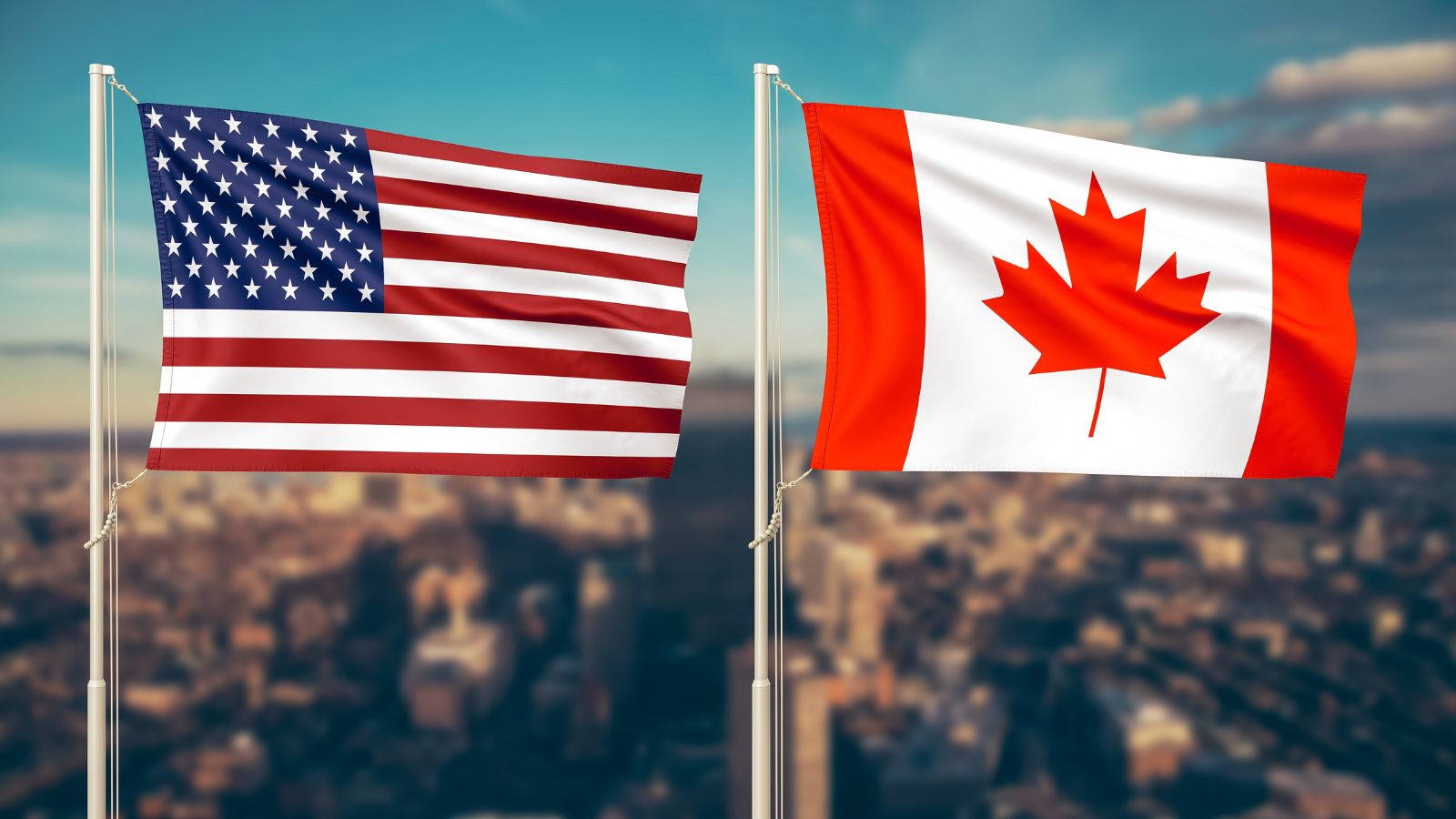
The Canada-U.S. auto relationship goes back to the 1965 Auto Pact, which allowed free movement of cars and parts between the two countries. That agreement created a continental industry where Canadian factories built vehicles for U.S. buyers, and vice versa. When tariffs enter the picture, they disrupt a system that’s been interwoven for over half a century.
Tariffs Raise Vehicle Prices for Canadians

Even small tariff percentages add thousands of dollars to sticker prices. When the U.S. floated tariffs of 20–25% on Canadian auto exports, the result would have been devastating. For a Canadian buying a $40,000 vehicle, tariffs could easily push the cost up by $8,000 to $10,000, pricing many families out of the market.
Parts Cross the Border Constantly
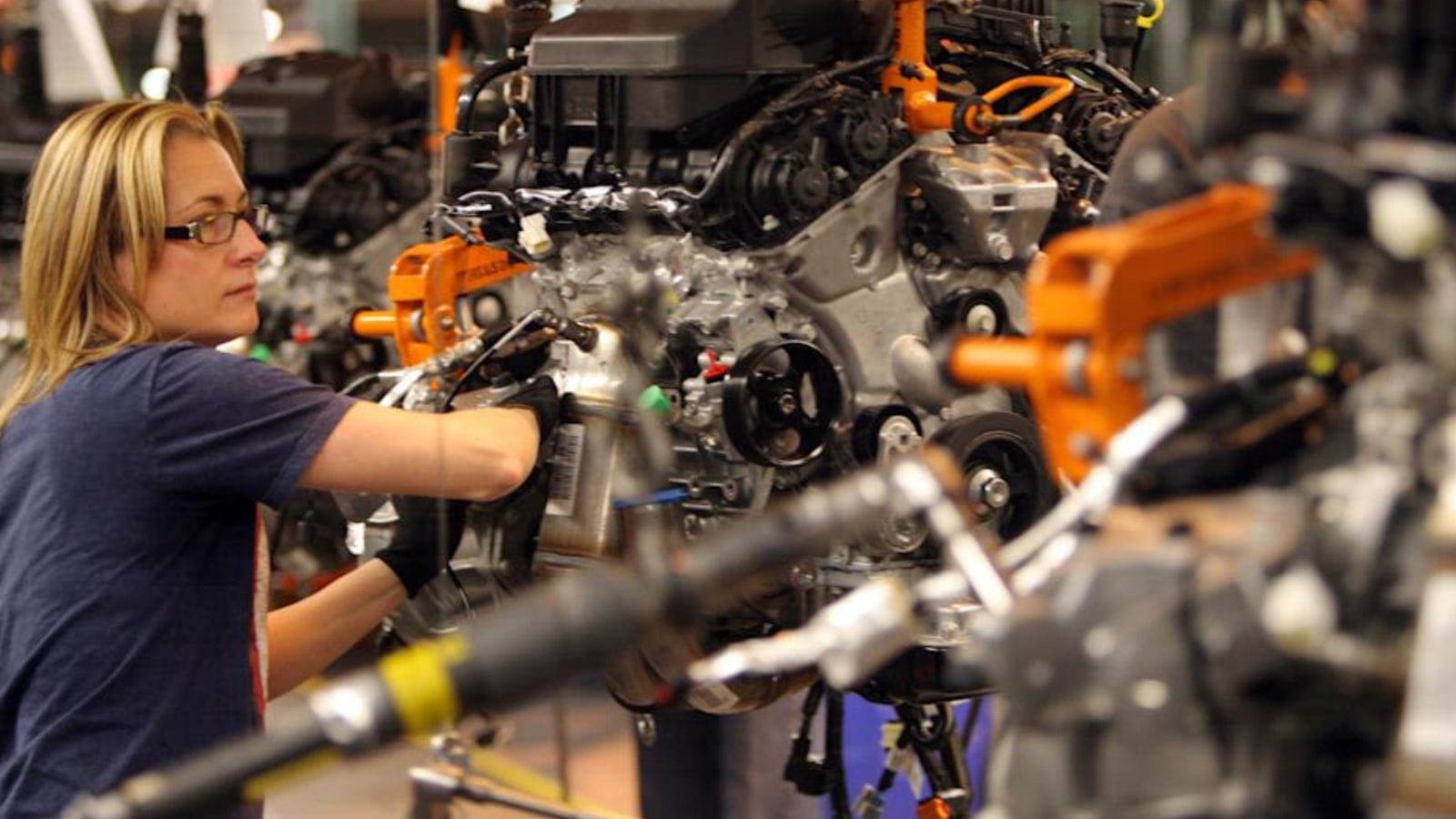
An average vehicle contains more than 30,000 parts, and many of them cross the border multiple times. A transmission case might be cast in Ontario, shipped to Michigan for machining, sent back to Windsor for assembly, and finally return to the U.S. in a finished car. Every tariff on each crossing adds up like compound interest.
Pickup Trucks Are Especially Vulnerable

Trucks are Canada’s top sellers, and the U.S. is both a producer and consumer of them. If tariffs target truck imports or exports, Canadians feel the sting fast. With popular models like the Ford F-150, Ram 1500, and Chevrolet Silverado often built with U.S. parts, even small duties can make Canada’s best-selling vehicles dramatically more expensive.
The “Chicken Tax” Loophole

The infamous U.S. “chicken tax” has imposed a 25% tariff on imported trucks since the 1960s. Canadian-made trucks have traditionally been exempt thanks to trade deals, but whenever disputes flare, there’s a risk of losing that exemption. Without it, Canadian-built trucks could suddenly become uncompetitive in their largest export market.
Canadian Assembly Plants Depend on U.S. Markets

Ontario plants in Oshawa, Windsor, and Oakville don’t just serve Canadians. The vast majority of their production heads south to the U.S. A heavy tariff could make Canadian-assembled cars unattractive in American showrooms, leading to production cuts or even plant closures.
Retaliation Hits Back

Tariffs don’t happen in a vacuum. When the U.S. imposes duties, Canada usually retaliates with tariffs of its own. That escalates trade tension and makes vehicles, parts, and even related industries more expensive for everyone. In past disputes, Canada hit back with tariffs on U.S. steel, aluminum, and even consumer goods like ketchup to even the score.
Luxury Cars Feel the Pinch Too

While trucks and sedans get the headlines, luxury imports are hit hard as well. German luxury cars assembled in the U.S. and shipped north often face tariff-driven price hikes, making them less accessible in Canada. For Canadians already paying a premium for luxury cars, tariffs are salt in the wound.
Supply Chain Uncertainty

Even the threat of tariffs freezes investment. Automakers often hold back on upgrading Canadian plants or delay launching new models here because they don’t know if tariff costs will make Canadian-built vehicles uncompetitive. That uncertainty itself is damaging.
Tariffs Affect Used Car Prices

When new car prices go up, Canadians turn to used cars. That increased demand pushes up used car values, meaning tariffs indirectly make secondhand vehicles more expensive too. A tariff shock could see used car prices rise by thousands across the board.
Tariffs Hurt Canadian Parts Suppliers
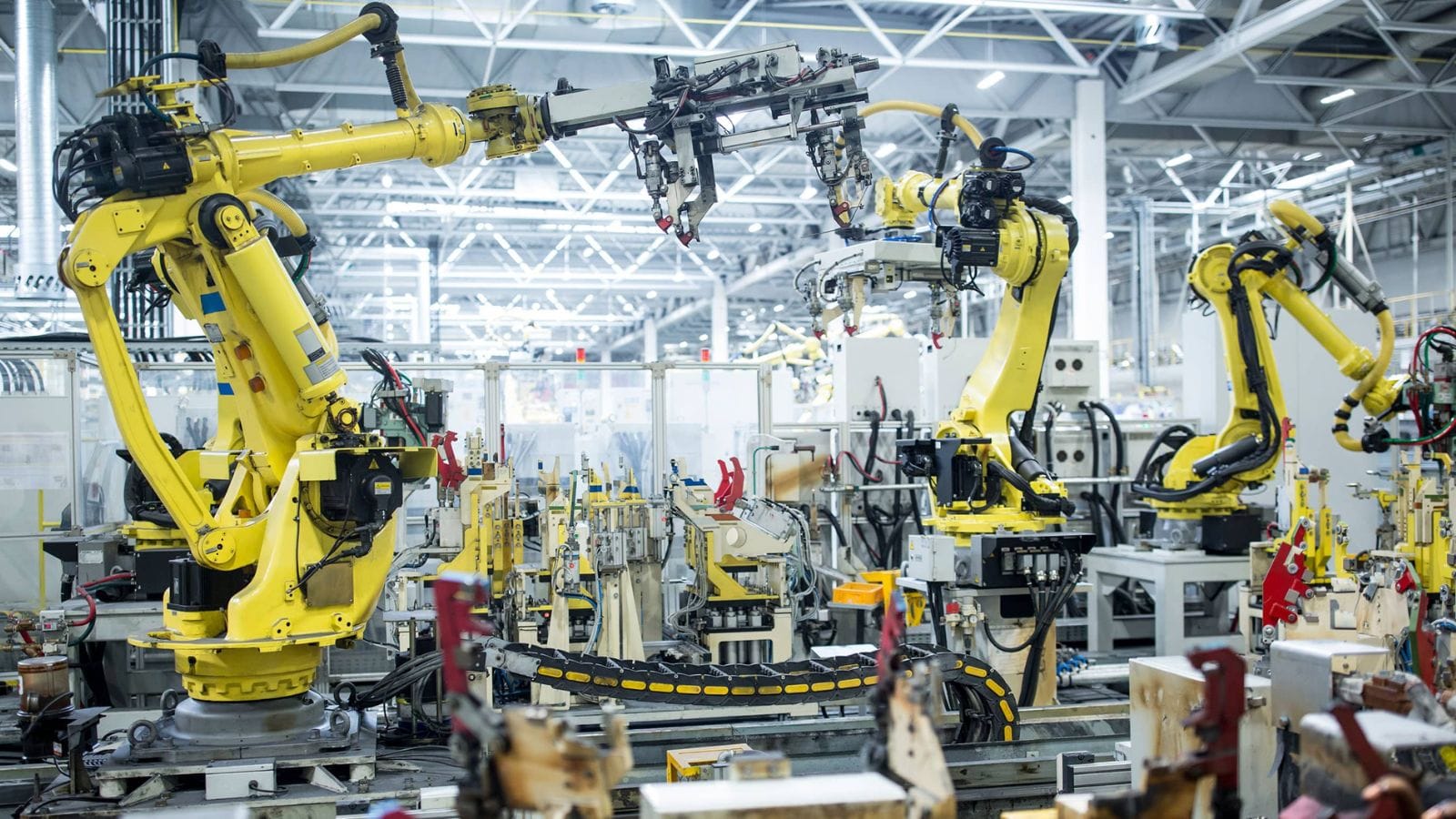
Hundreds of Canadian companies supply parts to U.S. factories. If tariffs make Canadian parts more expensive, American automakers may turn to Mexico or overseas suppliers instead. That risks Canadian jobs and erodes the country’s auto parts industry, which employs tens of thousands.
Steel and Aluminum Tariffs Trickled Into Cars

In 2018, U.S. tariffs on Canadian steel and aluminum created widespread problems. Since every car uses these materials, automakers faced rising costs almost immediately. A few hundred dollars more in raw material costs translated into higher prices on dealership lots, proving how even indirect tariffs squeeze consumers.
Tariffs Can Delay Vehicle Launches

When disputes heat up, automakers sometimes hold back new models in Canada, waiting to see how the pricing shakes out. This leaves Canadians waiting longer for vehicles that are already available in the U.S., creating frustration among buyers and dealers alike.
Trade Agreements Offer Protection

NAFTA protected much of Canada’s auto industry for decades, but when it was replaced by USMCA, new rules around domestic content created new challenges. While tariffs are largely avoided, disagreements over rules of origin still leave the door open for disputes that could trigger duties on Canadian exports.
Cross-Border Car Shopping Gets Harder

Some Canadians like to buy cars in the U.S. when exchange rates are favorable. Tariffs erase those savings quickly, making cross-border shopping less attractive. On top of that, tariffs complicate import paperwork, discouraging individual buyers from looking south.
Jobs Are on the Line

Tariffs aren’t just numbers on spreadsheets. They threaten the livelihoods of the nearly 125,000 Canadians who work directly in the auto industry and the hundreds of thousands more in related fields. Plants in Windsor and Oshawa have already seen layoffs due to shifting U.S. policies, and tariffs add fuel to that fire.
Tariffs Push Automakers Toward Mexico
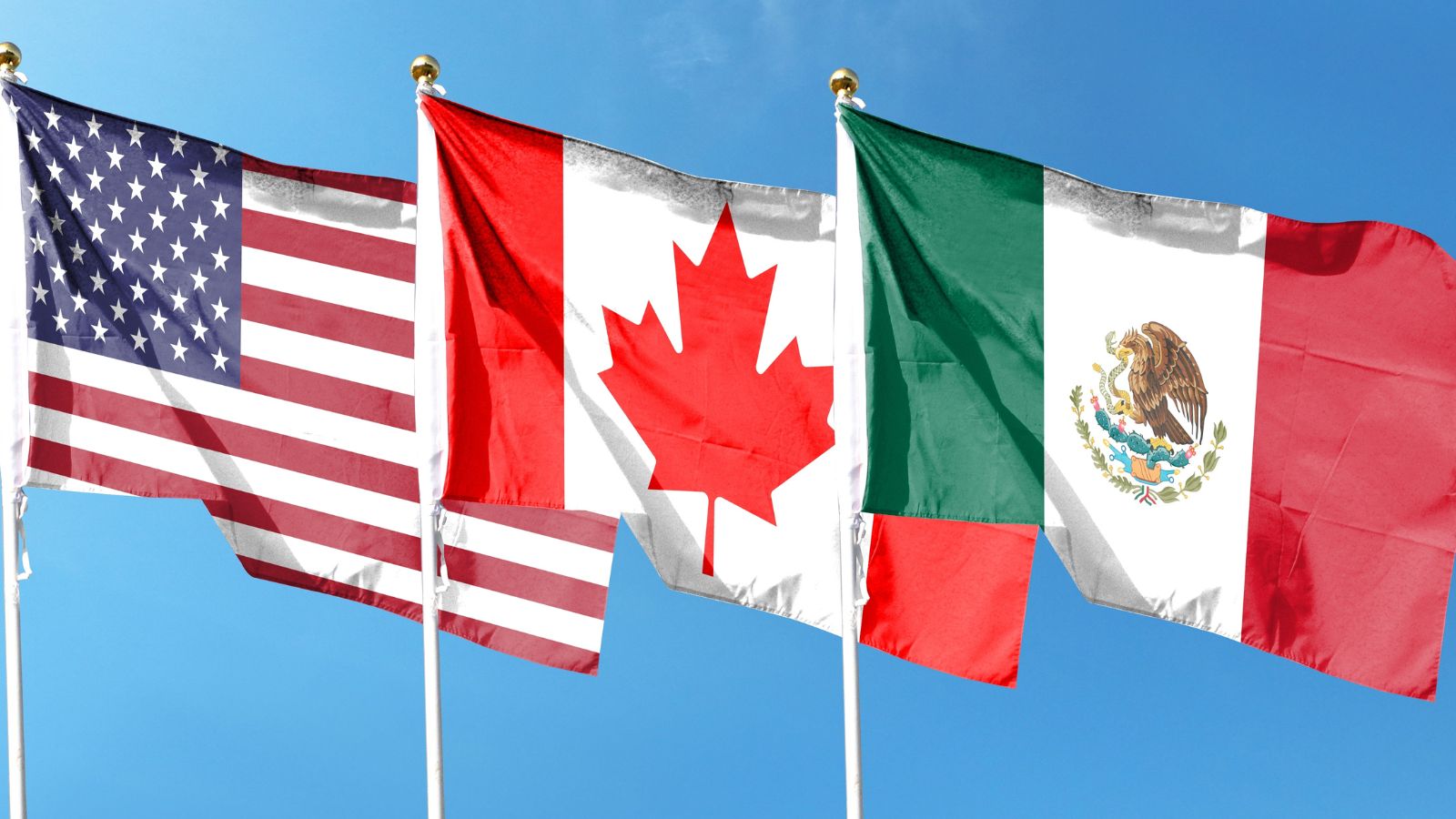
If U.S.-Canada tariffs make production too costly, automakers often shift work to Mexico, where labor costs are lower and trade agreements are structured differently. That leaves Canadian plants at risk of losing contracts for new vehicles.
The Ripple Hits Consumers Beyond Cars

Because vehicles are so central to logistics and supply chains, tariff-driven costs spill over into other industries. Higher transport costs for parts and finished vehicles mean other goods, from groceries to electronics, can also creep up in price.
Canadians Pay More Than Americans Already

Even without tariffs, Canadian vehicles tend to be priced higher than their American equivalents, thanks to taxes, smaller market size, and distribution costs. Tariffs widen that gap further, making Canadian buyers feel like they’re being penalized twice over.
The Future Remains Uncertain
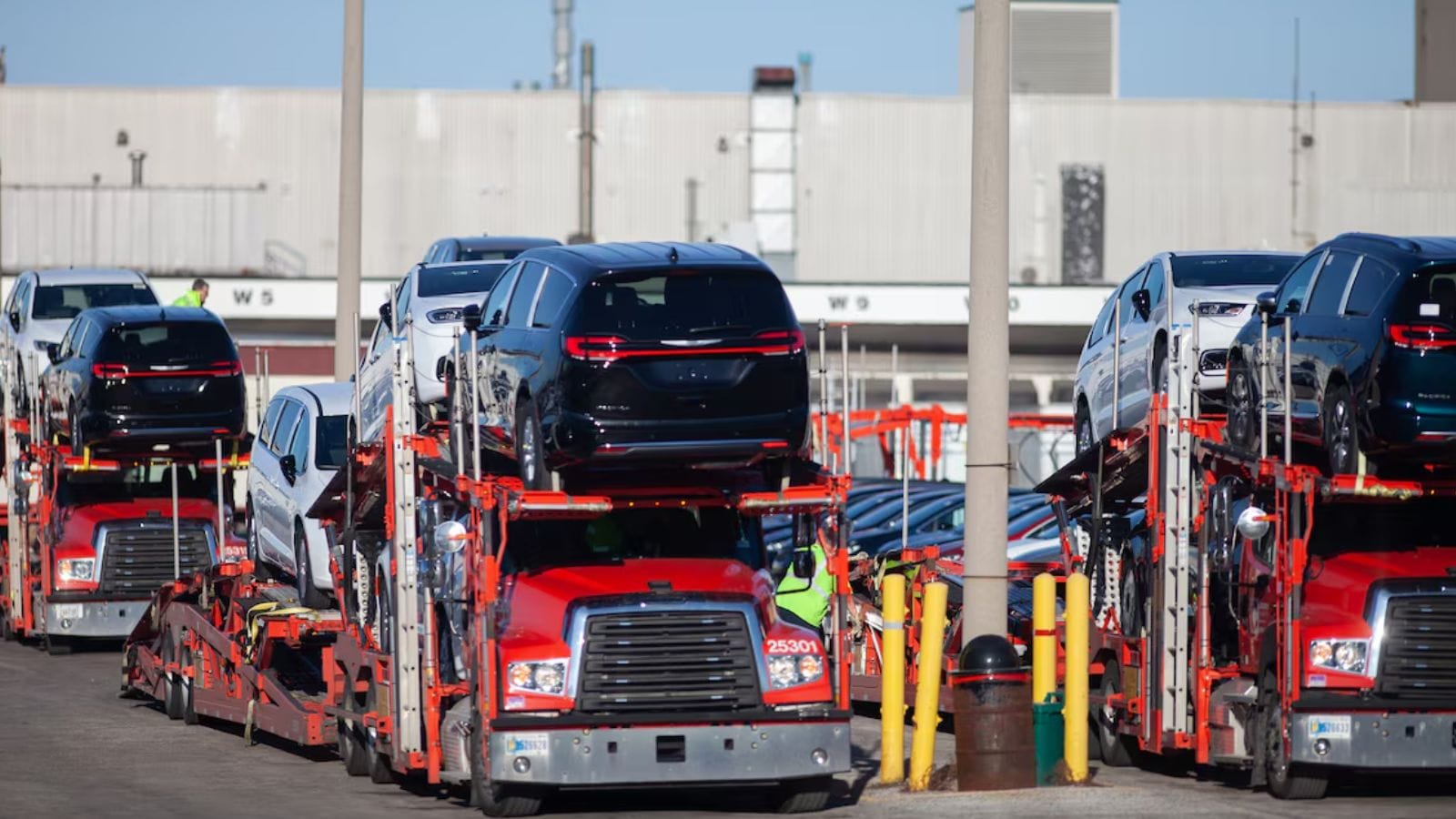
Every trade negotiation carries the possibility of tariffs being used as a bargaining chip. Even when agreements like USMCA are in place, political tensions can bring back the threat overnight. For Canadian consumers, automakers, and workers, the uncertainty itself can be almost as damaging as the tariffs.
Why Tariffs Matter to Canadians
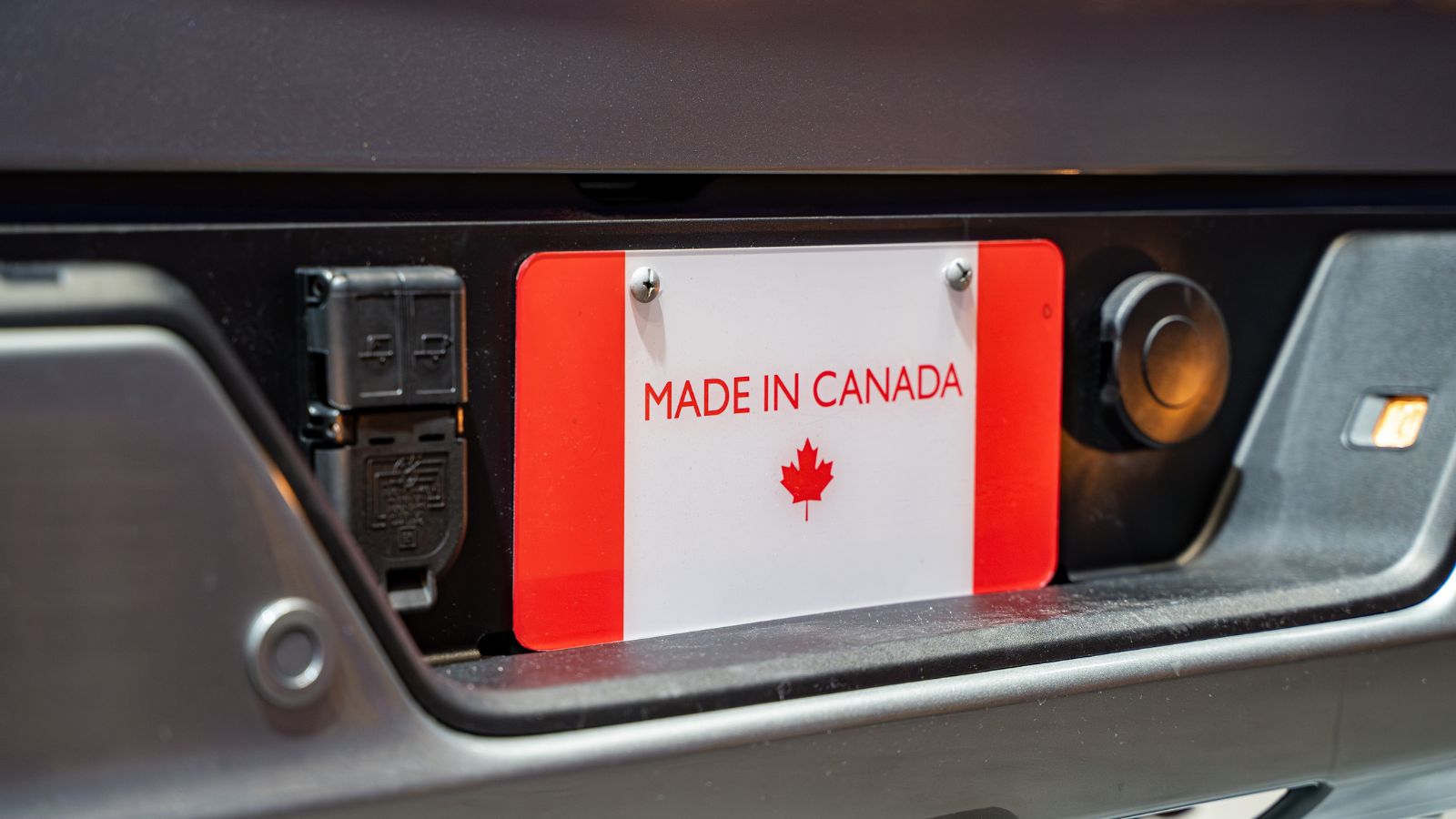
Tariffs may feel like abstract trade talk, but they affect Canadians directly. They inflate the cost of cars and trucks, threaten jobs in manufacturing hubs like Ontario, and create ripples across the entire economy. They also make Canadian buyers think twice about big-ticket purchases, hurting dealerships and suppliers. In a country where cars are a necessity for most families, tariffs from the U.S. aren’t just politics they’re part of everyday life.
25 Facts About Car Loans That Most Drivers Don’t Realize

Car loans are one of the most common ways people fund car purchases. Like any other kind of loan, car loans can have certain features that can be regarded as an advantage or a disadvantage to the borrower. Understanding all essential facts about car loans and how they work to ensure that you get the best deal for your financial situation is essential. Here are 25 shocking facts about car loans that most drivers don’t realize:
25 Facts About Car Loans That Most Drivers Don’t Realize
